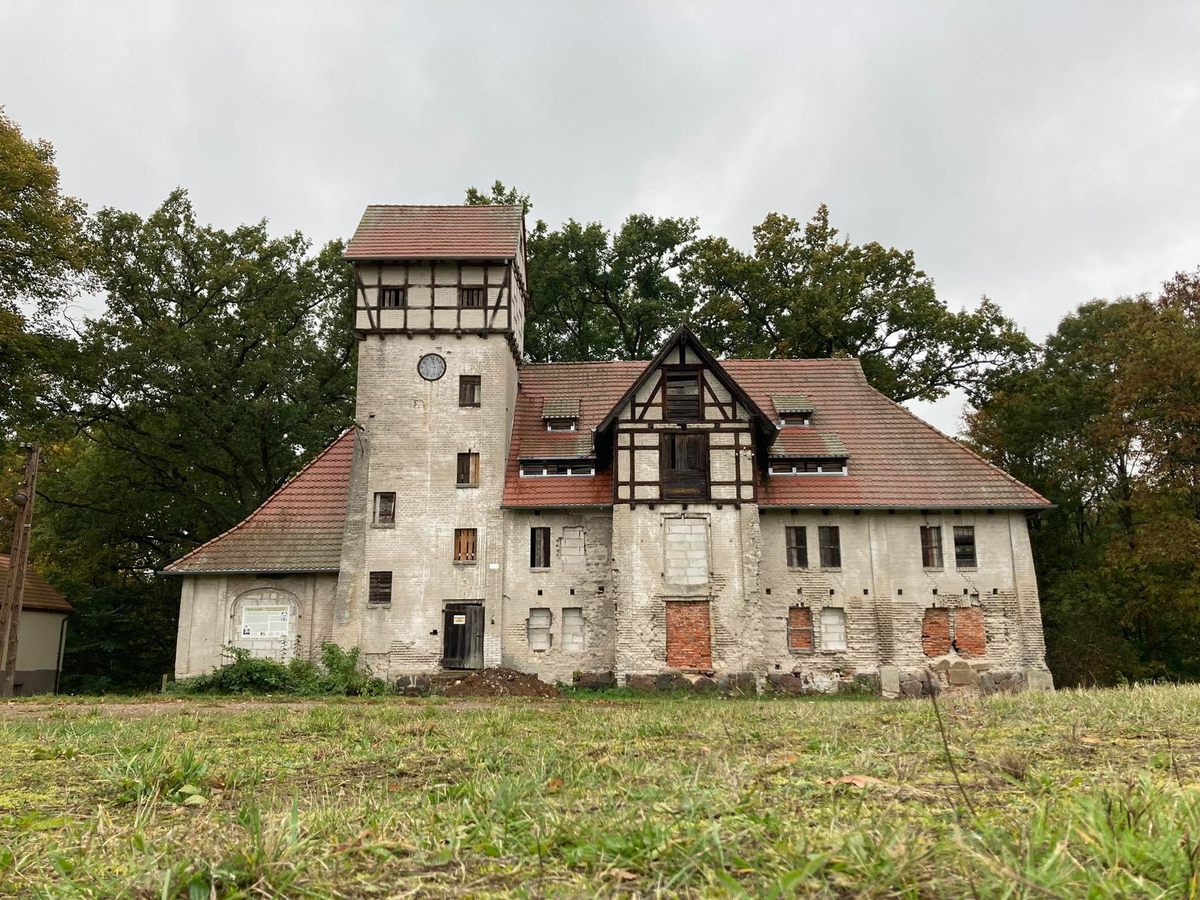In the quiet village of Jankowo, Poland, there’s an intriguing, often overlooked piece of architectural history. An old, abandoned granary stands as a testament to the early work of Walter Gropius, a trailblazer of modern architecture and co-founder of the Bauhaus movement. This quirky building, designed by Gropius, provides a window into the beginnings of his revolutionary ideas and innovative design approach.

Back in 1905, when Walter Gropius was just starting out in architecture, his uncle Erich Gropius gave him the job of designing agricultural and residential buildings for his estate in Jankowo. As an architecture student, Gropius eagerly accepted the challenge and created various farm and residential structures, including the granary.
Of these early works, the Jankow Granary is the only one that remains unchanged from Gropius’s original design. This whimsical structure, which looks more like a cartoon castle than the sleek Bauhaus designs he later became known for, reflects his early experimental style. While some other residential buildings he designed in the area still exist, they’ve been significantly altered over the years.

The Jankowo Granary, with its unique and quirky design, not only showcases the early work of a great architect but also offers a rare look at a key transitional phase in architectural history, linking the old with the new. This building is a tangible example of Gropius’s initial experiments and a precursor to the Bauhaus movement that would eventually revolutionize design and architecture worldwide.
In nearby Drawsko Pomorskie, there’s also a house designed by Gropius. He humorously referred to these early projects as his “youthful sins.” However, these structures are likely the oldest surviving works of an architect who would soon transform modern architecture in a profound way.

Though the granary in Jankowo has been closed for many years, visitors can still see its exterior. Recognizing its cultural importance, recent efforts have aimed at restoring this unique piece of architectural history. Preserving the granary not only honors Walter Gropius’s early work but also celebrates the beginnings of modern architecture.





